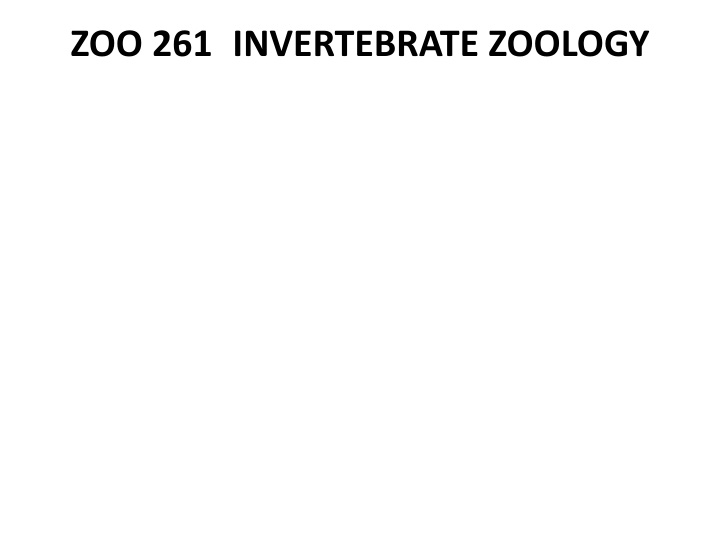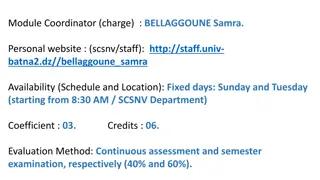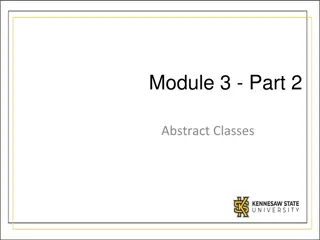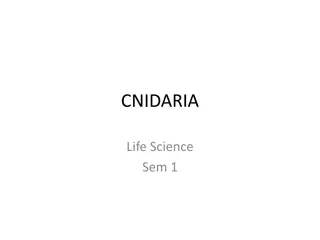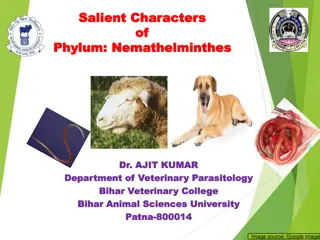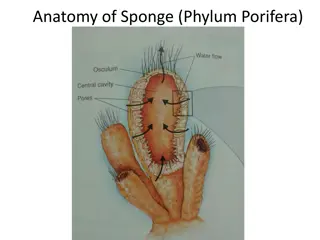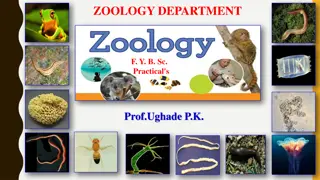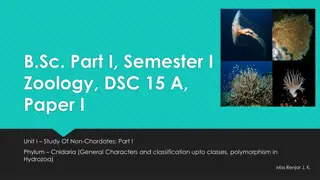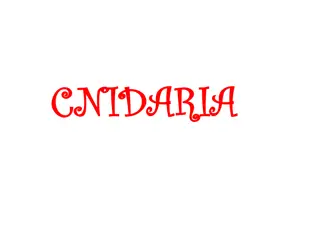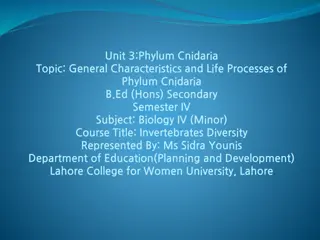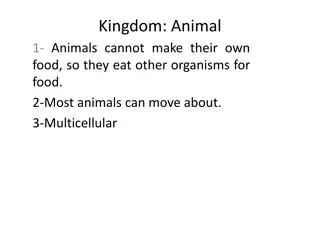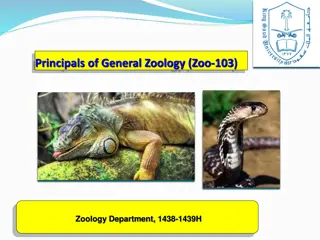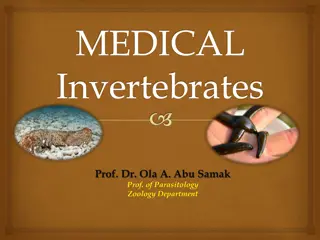Exploring the World of Invertebrate Zoology: Phylum Nematoda and Its Classes
In this detailed study of invertebrate zoology, we delve into the Phylum Nematoda, commonly known as roundworms. Highlighting their anatomy and classification, we examine the Ascarididae class, featuring Ascaris, and the Strongylidae class, represented by Ancylostoma. These simple yet diverse organisms exhibit both parasitic and free-living lifestyles, showcasing a unique and uniform anatomical structure despite their varied habitats. Join us on an educational journey into the fascinating world of these often-overlooked creatures.
Download Presentation

Please find below an Image/Link to download the presentation.
The content on the website is provided AS IS for your information and personal use only. It may not be sold, licensed, or shared on other websites without obtaining consent from the author.If you encounter any issues during the download, it is possible that the publisher has removed the file from their server.
You are allowed to download the files provided on this website for personal or commercial use, subject to the condition that they are used lawfully. All files are the property of their respective owners.
The content on the website is provided AS IS for your information and personal use only. It may not be sold, licensed, or shared on other websites without obtaining consent from the author.
E N D
Presentation Transcript
University of Agriculture, Abeokuta, Nigeria.
muscle underlying the epidermis. They are divided into four quadrants. The excretory system consists of two intracellular tubes with a single excretory pore. The alimentary canal is simple straight and opens by a mouth and an anus. Sexes are usually separate and gonads are tubular. No vascular or respiratory system. The cilia are absent even in the developmental stage.
around the mouth. Males have curve posterior ends while female ends are straight. They have two spicules, they have no corpulatory bursai.
These are nematodes with simple mouth without papillae. The males have two corpulatory spicules and three bursai for ejaculation.
members live either freely in the sea, soil or decaying organic matter, or parasitically on other animals as well as plants i.e. they are parasitory both plants and animals. In spite of their very wide dispersal, their anatomy is remarkably simple and uniform.
Body wall with well developed outer circular and inner longitudinal layers of muscle with glandular epidermis.
Possession of chitinous chatae which are borne on parapedia in some.
Possession of COMPLETE DIGESTIVE SYSTEM.
Excretory system consists of segmentally arranged nephridia.
Presence of a trocophore larva in some, others have direct development.
Closed blood vascular system with haemoglobin.
Possession of parapodia on which are borne numerous chatae
Possession of distinct head with eyes, palps and tentacles, cephalisation
